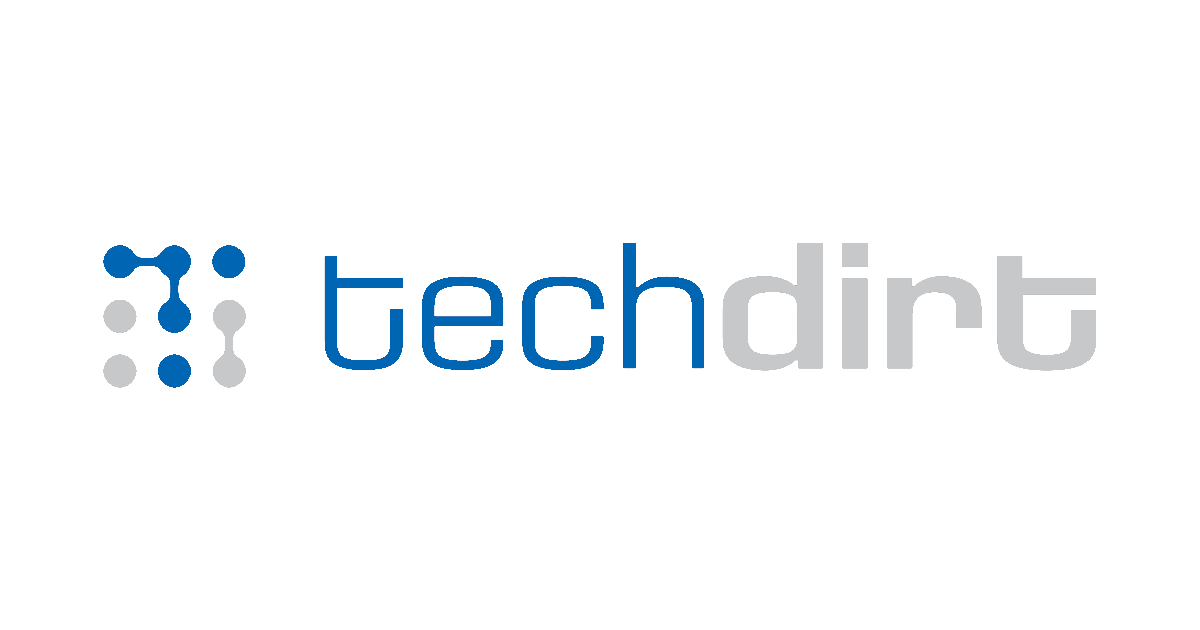
Upload bandwidth doesn’t magically turn into download bandwidth
Actually, it does. Various Cable and DSL standards involve splitting up a big (eg, measured in MHz) band of the spectrum into many small (eg, around 4 or 8 kHz wide) channels which are each used unidirectionally. By allocating more of these channels to one direction, it is possible to (literally) devote more band width - both the kinds measured in kilohertz and megabits - to one of the directions than is possible in a symmetric configuration.
Of course, since the combined up and down maximum throughput configured to be allowed for most plans is nowhere near the limit of what is physically available, the cynical answer that it is actually just capitalism doing value-based pricing to maximize revenue is also a correct explanation.































To answer your question: yes, YTA 🤦
Also, I’m deleting this post per asklemmy rule 3.